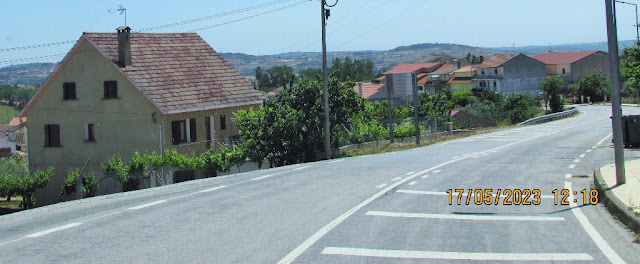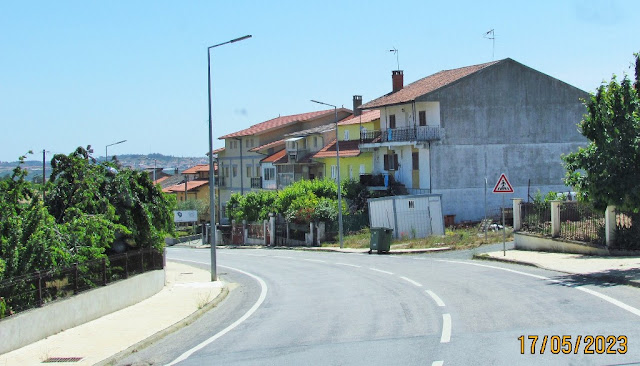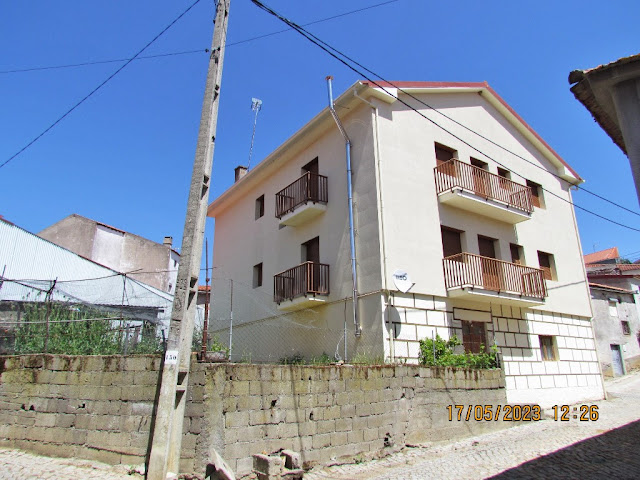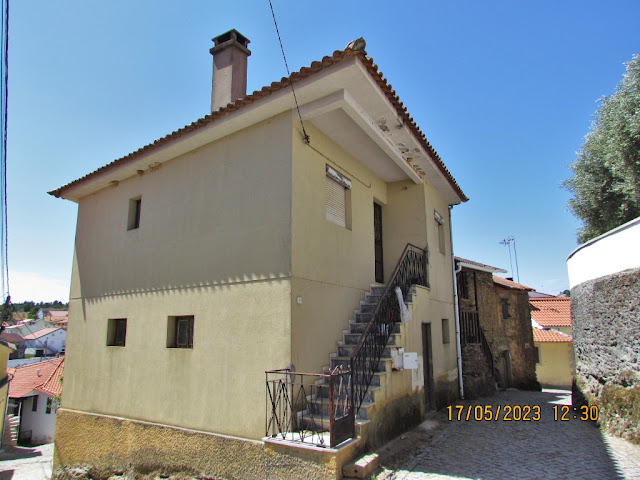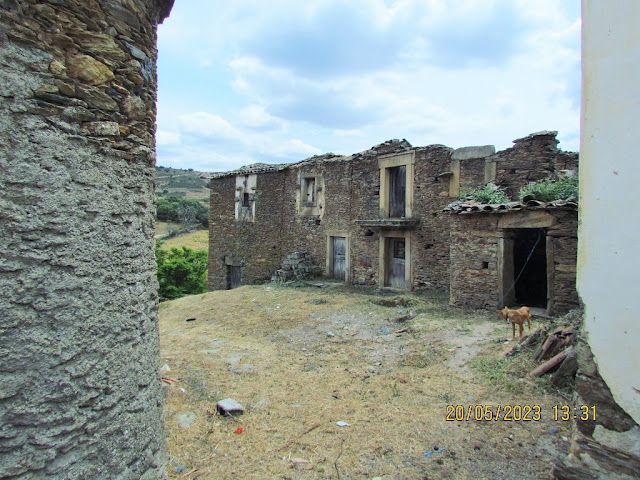CARÇÃO
41° 35' 33" N; 6° 35' 20" W
Carção is a Portuguese parish in the municipality of Vimioso, with an area of 27.60 km² and 388 inhabitants (2021). Its population density is 14.1 inhabitants/km².
Description
It is located at the intersection between the villages of Argozelo and Santulhão, and is a must for anyone heading to the county seat, Vimioso, which is ten kilometers away. It is bounded by the parishes of Argozelo, Pinelo, Vimioso, Santulhão and lands in the municipality of Bragança.
The inhabitants of Carção have been linked to trade since ancient times. A large number of its inhabitants are descendants of Jews who took refuge in the 15th century in the border villages. The importance of the Jewish legacy is revealed in the symbol of the parish council of Carção, which has a mezuzah and a menorah, the seven-branched candelabrum, one of the oldest Jewish symbols.
History
Pre and Proto-History
Its settlement dates back to ancient times, as attested by the various archaeological remains that appeared in the vicinity of the village. In fact, at the site known as Castro, about two kilometers from Carção, remains of pottery and roof tiles were found, identified as traces of its more ancient past, such as the “Castelo dos Mouros” and “Poço dos Mouros”. This one is carved into the rock and seems to be quite deep, about twenty metres.
The Romans also left traces of their presence here, with emphasis on the Roman Bridge over the river Maças, which connected Vimioso, and where even today you can see well-drawn details of a Roman Way.
The “Fraga do Muro” and the “Forno da Batuqueira” are further evidence of the parish's past. Although their dating is unclear, people say they were a Christian hideout in Moorish times.
Middle Ages
The first written reference to this parish dates back to 1187, when the monks of the Convent of Castro de Avelãs gave King D. Sancho I the estate of Benquerença, a place in what is now Bragança, receiving, in exchange, the village of Carção .
From the 15th and 16th centuries, its greatest population began. This fact was due to the expulsion of the Jews from Spain by the Catholic Kings Isabel I of Castile and Ferdinand II of Aragon (Alhambra Decree of 1492). Thus, thousands of people entered Portugal and, on the side of Miranda do Douro, it is estimated that around 3000 people entered. Initially, they settled in a place called Prado das Cabanas, four kilometers east of Vimioso, later dispersing little by little. Since Carção was well located and had a fair every month, many people of Jewish origin arrived here, bringing with them a new culture and a new economy.
Modern and Contemporary Age
In 1855, Carção was attacked by cholera morbo, which caused the death of one hundred and fourteen people, with three to four people dying a day. At this time, the help of the parish priest Luís Dias Poças Falcão, born in Carção, was decisive.
Carção was referred to by Camilo Castelo Branco in his best-known novel, “Amor de Perdição”. Bento Machado was born here, the typical recoveiro, whose death was avenged by his son.
Main parties
The parish of Carção has as its patron saint Nossa Senhora das Graças, whose feast is celebrated on the last Sunday of August. Carção is known in the municipality of Vimioso and surroundings, mainly due to its festivities in honor of São Roque on August 15th/16th and mainly those of Nossa Senhora das Graças on the last Sunday, where they have great processions of faith and usually have large sets of music. in the last 10 days prior to the last Sunday in August.
💓💓💓💓💓
MORA
41.47452º N; 6.51796º W
Mora is a small village belonging to the municipality of Vimioso. It has 8 permanent inhabitants, in an area of 0.123 km² which corresponds to a population density of 65 inhabitants/ km².
The church, rebuilt in the 18th century, is of modest proportions with a full-length portal topped by two corbels. At the end of the unplastered stonework façade, there is a tall bell tower with two bells and a cross at the top, which truncates the gable. Inside, the nave's ceiling features a representation of the Resurrection of Christ and the four Evangelists. In the chancel there is an altarpiece with two side niches, framed by two pseudo-Solomonic columns decorated with vines, grapes, birds and puttis. Above the entablature there is a Doric frieze with an acanthus paneling. The tabernacle depicts the figures of St. Peter and St. Paul, framed by dildos.








